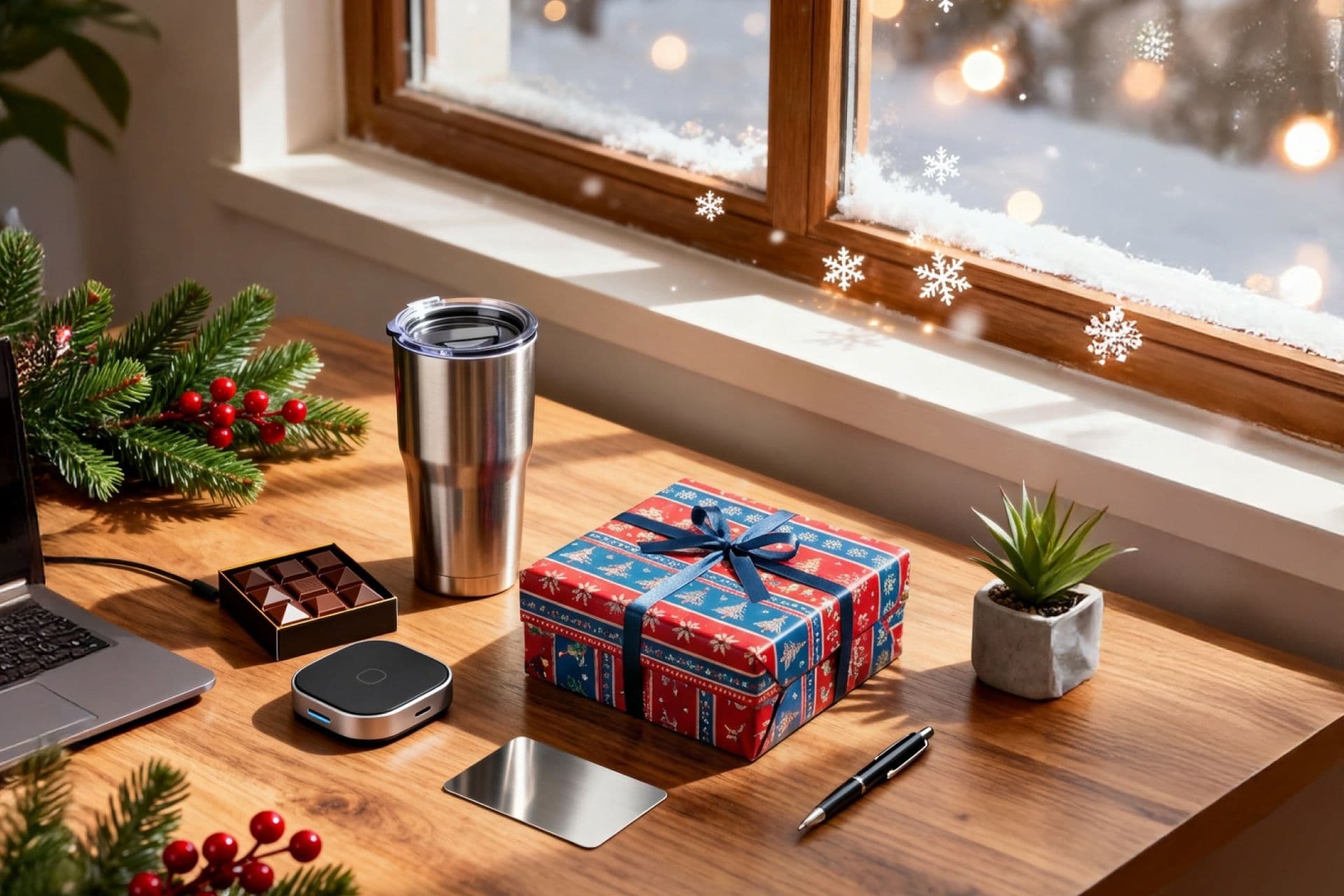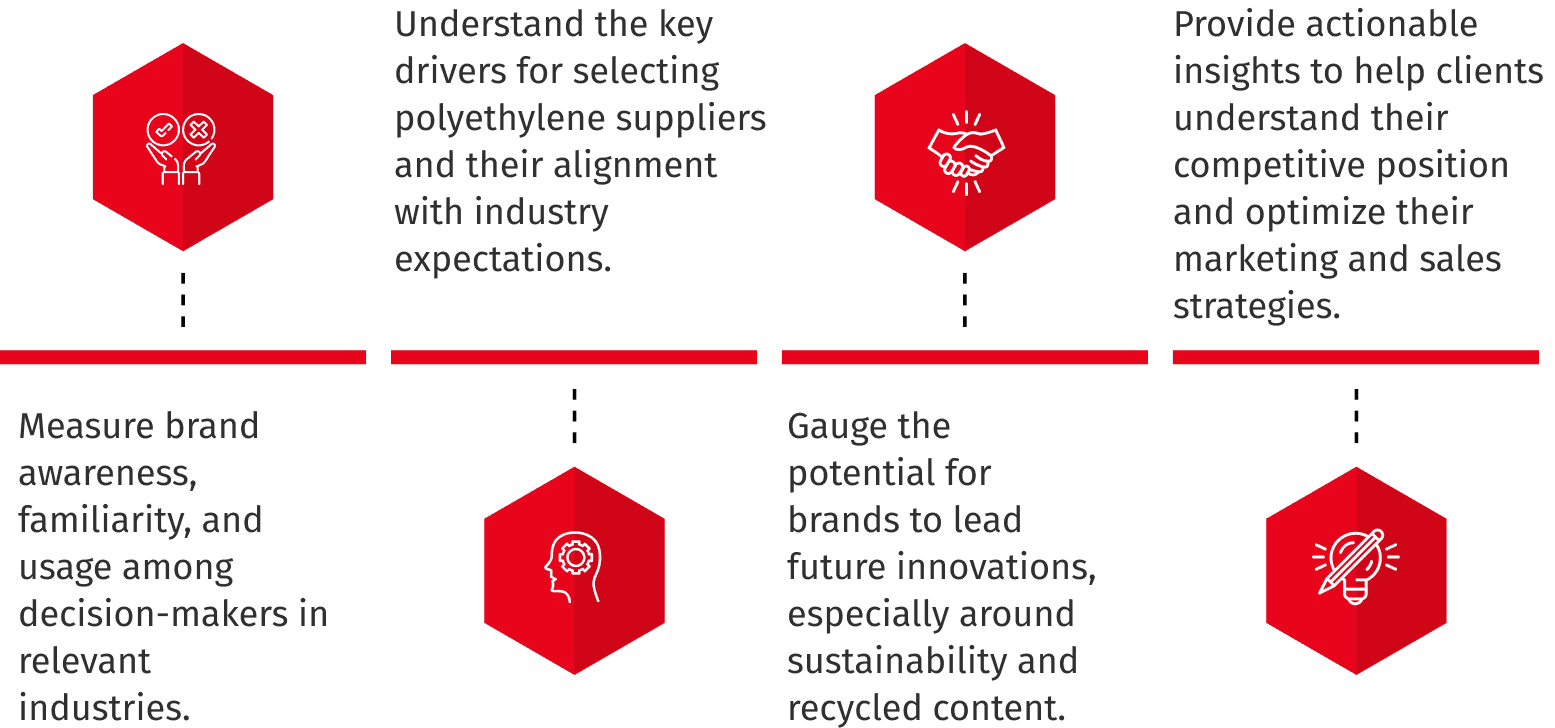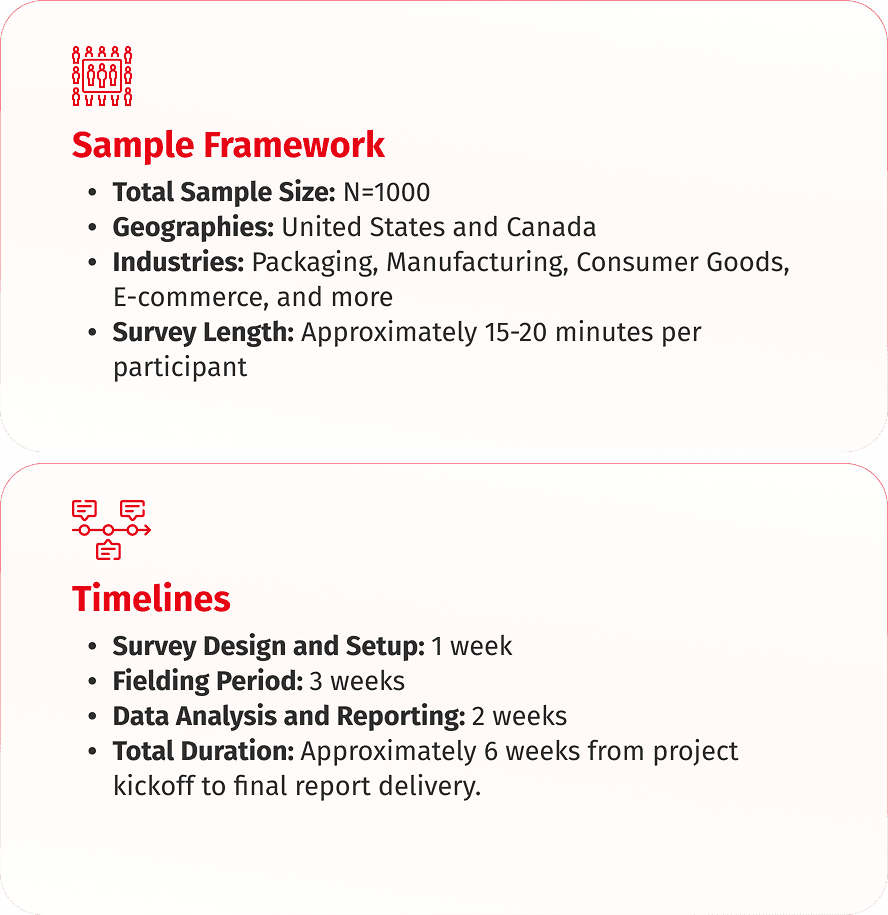
Retail & CPG
Understanding 2025 Corporate Gifting Trends for the Holiday Season

In a rapidly evolving market, understanding the perceptions of decision-makers and influencers in the polyethylene and polymers industry is crucial for any company looking to strengthen its market position. We successfully completed a Polyethylene and Polymers Brand Perception Study, aimed at evaluating the awareness, familiarity, and perceptions of brands in key markets within the polyethylene sector.
The study targeted business decision-makers responsible for the purchase and selection of polyethylene products across a variety of industries such as packaging, e-commerce, food packaging, and more. The survey, conducted with 1000 respondents across the United States and Canada, provided valuable insights into how brands are viewed in relation to their product offerings, helping businesses refine their marketing and product strategies.
The main objective of the study was to assess the brand perception and equity of key players in the polyethylene and polymers industry. Specifically, we aimed to:

The study utilized a comprehensive quantitative survey method, focusing on decision-makers involved in purchasing polyethylene and polymers. The approach was designed to provide a balanced view of brand perception through profiling questions, product-specific evaluations, and insights into future growth potential.
The study was conducted online, using an online survey platform and recruited via professional sample providers to ensure a diverse and unbiased sample of decision-makers across the polyethylene and polymers market.
Section 1: Screener:
Participants were profiled based on their country (US/Canada), industry, role, and company size to ensure they met the criteria for the study.
Section 2: Brand Fundamentals:
Respondents were asked both unaided and aided brand awareness questions, evaluating how familiar they were with key brands in the market.
Section 3: Brand Equity:
Key questions focused on participants' regard for brands, their relevance in the market, differentiation, and overall appeal.
Section 4: Brand Attributes & Category Drivers:
Participants were asked to provide spontaneous and associative responses related to brands, along with which attributes they associated with those brands.
Section 5: Future State:
This section measured the future potential of brands based on their innovations and commitment to sustainability, including an investment game where respondents allocated a hypothetical $1,000 to brands they felt would grow.
Target Audience
The study surveyed 1000 business decision-makers responsible for purchasing or influencing the selection of polyethylene products. The respondents were drawn from industries such as:
These decision-makers were responsible for product selection in their companies, including senior roles in procurement, packaging, manufacturing, and supply chain.
